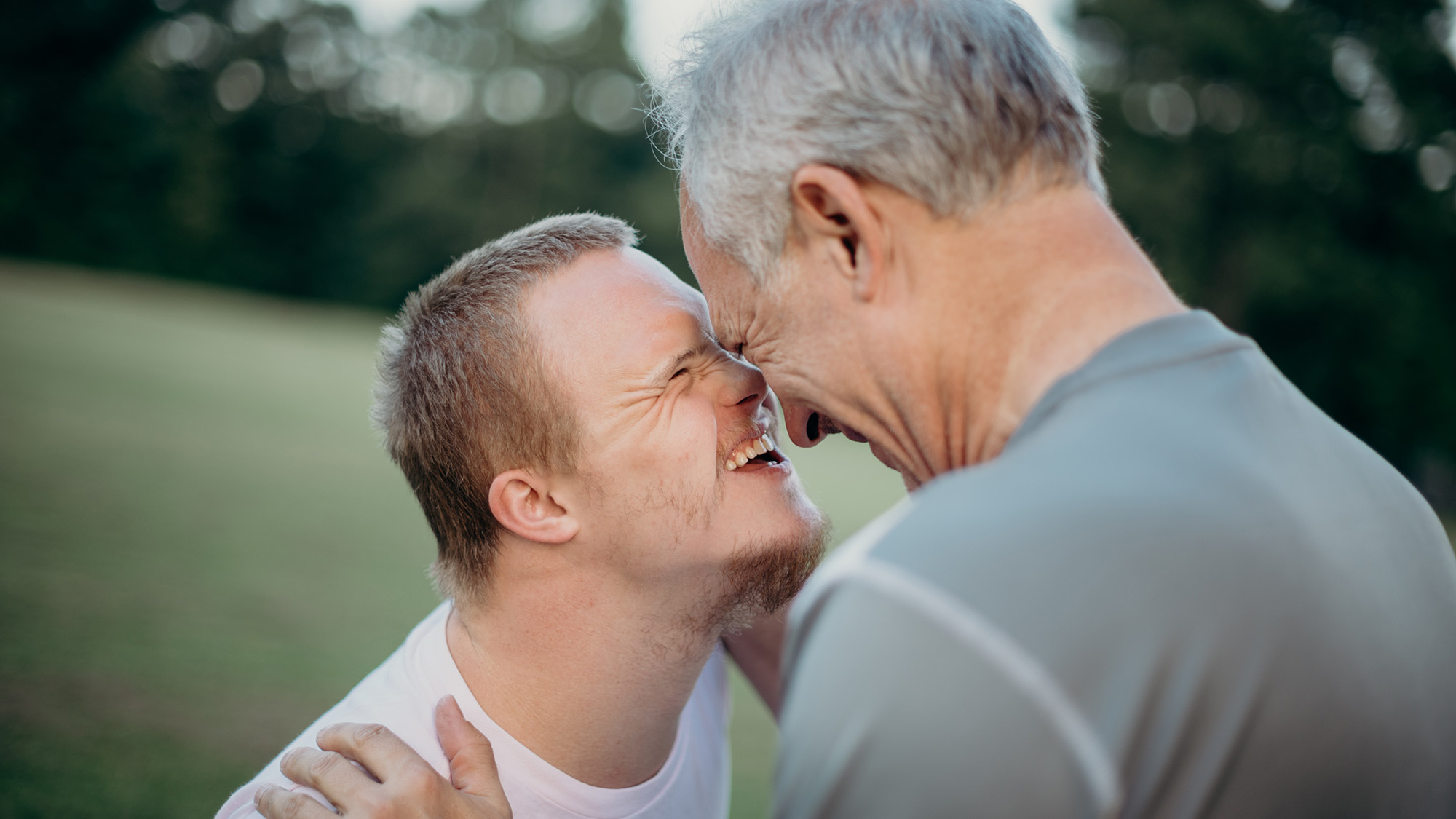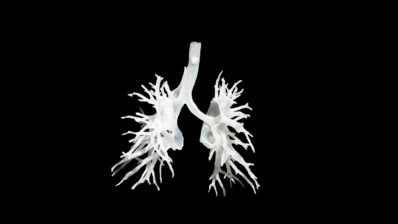Last June, the third international symposium on Down Syndrome Research, organized by the T21RS (Trisomy 21 Research Society), was held in Cosmocaixa, Barcelona. This year’s edition was attended by more than 300 participants, a great success of participation with respect to previous occasions held in Paris and Chicago.
The T21RS society is a scientific organization founded in 2004 with the aim of promoting basic and applied research in Down syndrome, stimulating translational research and applying the scientific findings to improve treatments. Scientists from different continents presented their latest discoveries and therapeutic advances, giving visibility to the research carried out in Down syndrome worldwide.
Scientific program
The congress brought together experts involved in preclinical and clinical research creating an enriching and multidisciplinary environment that invited dialogue and discussion. Stylianos Antonarakis (University of Geneva, CH) had the privilege of giving the inaugural lecture by reviewing the most relevant genetic findings since doctor Jerome Lejeune identified the trisomy of chromosome 21 as the cause of Down syndrome, back in 1958.
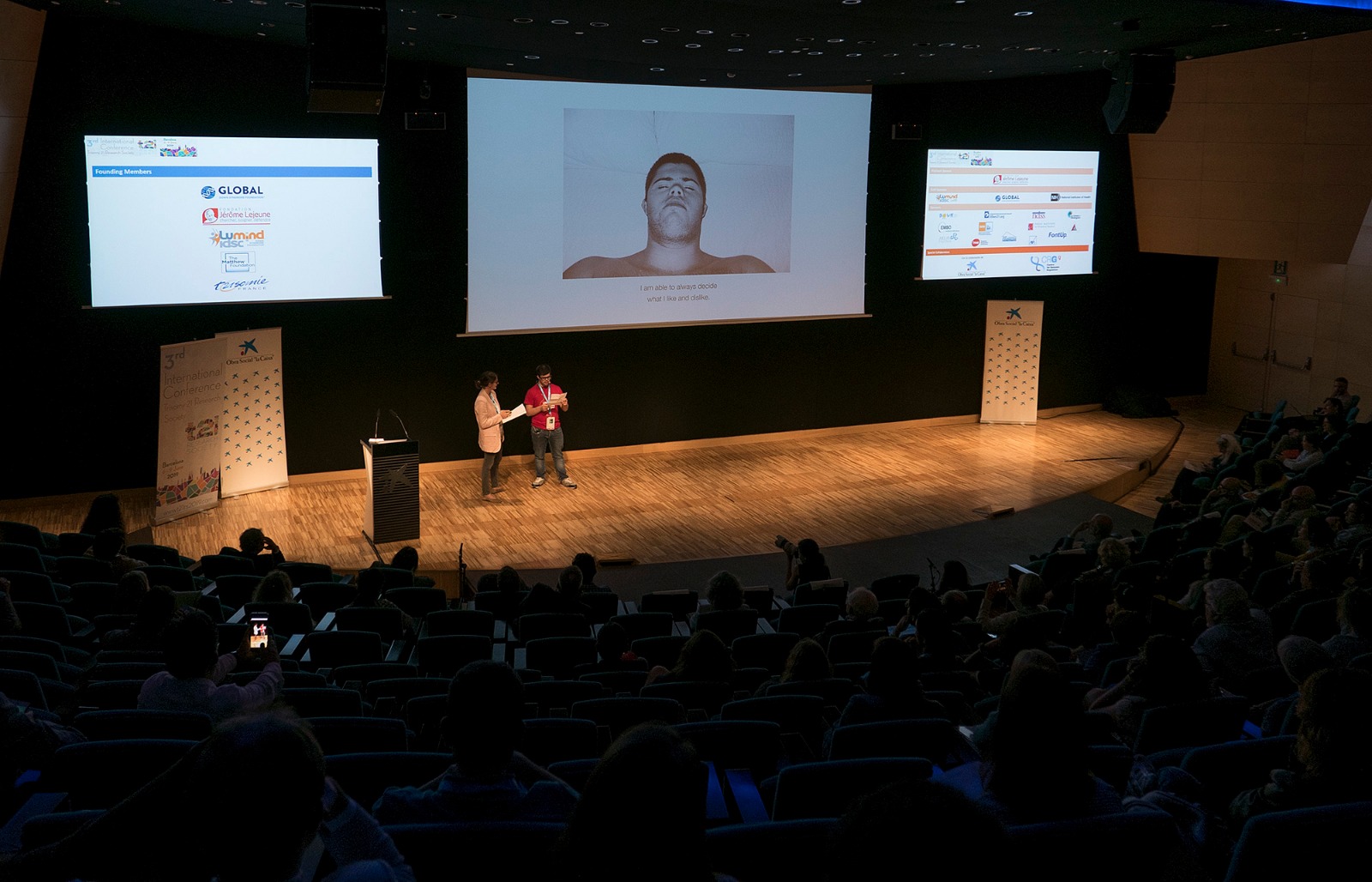
Relevant researchers such as Li Hue-Tsei (Massachusetts Institute of Technology, USA) or André Strydom (King’s College London, UK) emphasized the close relationship between Down syndrome and Alzheimer’s disease , and the possibility of applying pioneer therapies through visual and auditory stimuli.
The congress revealed that one of the major challenges of clinical research is the identification of biomarkers, both of the pathological status and therapeutic efficacy. In addition, a great debate was generated on the need for representative murine models of Down syndrome, as well as the use of stem cells.
One of the major challenges of Down syndrome clinical research is the identification of biomarkers, both of the pathological status and therapeutic efficacy.
The Barcelona Biomedical Research Park (PRBB) has been actively involved in the organization of the congress. On the one hand, the organizing committee, chaired by Mara Dierssen of the CRG, was represented by different institutions of the park:
- María Martínez Lagrán and Mara Dierssen from Centre for Genomic Regulation (CRG)
- Vicky Puig and Rafael de la Torre from Hospital del Mar Medical Research Institute (IMIM)
- Andrés Ozaita from Department of Experimental and Health Sciences, Pompeu Fabra University (DCEXS-UPF)
- Neus Martínez-Abadías from European Molecular Biology Laboratory – Barcelona (EMBL Barcelona)
In addition, the activities of the congress started with a scientific tour of the facilities of the PRBB centers, to show visitors their cutting-edge scientific equipment and explain their applicability to research on Down syndrome.
Elisabetta Broglio, from the Communications Department of the CRG, and Núria Andreu, from the Genomics Unit of the same center, explained how “Saca la Lengua” (“Stick out your tongue!”), a citizen science project on oral microbioma and its relation to people’s habits, was developed. At EMBL, Àlex Robert, Neus Martínez-Abadías and Jim Swoger, head of the Mesoscopic Imaging Facility, showed their imaging services to visualize, reconstruct and analyze high resolution 3D models: from the face morphology of people with Down syndrome, to brain tissue of mouse models.
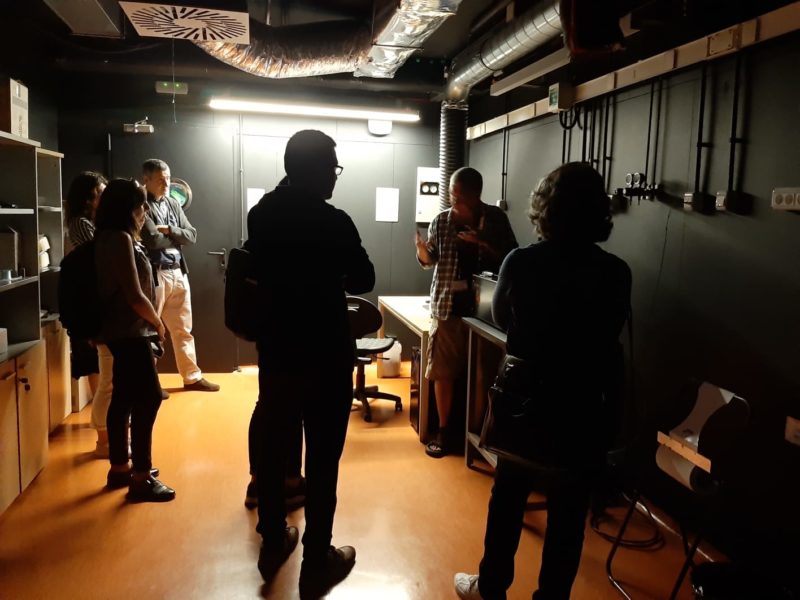
Xavier Sanjuan, from the Advanced Light Microscopy Unit of the CRG and the UPF, showed their latest generation microscopy unit. The tour ended at the Barcelona Beta Research Center, with the visit of the magnetic resonance facilities and the talk by Juan Domingo Gispert, a researcher at the Maragall Foundation, about the ALFA study and the clinical trials they are developing to advance in the prevention and early detection of Alzheimer’s. Participants had a great impression of the technology available at the PRBB and how it contributes to an excellent research in Down syndrome, from macro to micro.
Also during the 5th of June, Laura Batlle of the Tissue Engineering Unit of the CRG and Linus Manubens of the laboratory of Systems and Cellular Neuroscience developed scientific practical workshops for young researchers. These workshops allowed attendees to become familiar with the techniques to generate organoids and to visualize and analyze 3D mouse brains.
The congress was supported by “la Caixa” and the Barcelona City Council. La Caixa sponsored a pioneering program of short stays so that young talented researchers can get to know Spanish laboratories where Down syndrome research is taking place. In this framework, laboratories from the CRG and EMBL have received predoctoral students who have taken advantage of their stay to establish new and promising collaborations.
Social program
One of the main interests of the T21RS society is to explain the findings in the field of Down’s syndrome research to the general public. For this reason, the congress dedicated a full day to activities to promote direct communication between scientists, recipients of their research and associations of family members of people with Down syndrome.
One of the main interests of the T21RS society is to explain the findings in the field of Down syndrome research to the general public.
The associations had an instructive session on obtaining funding, involvement in clinical trials and personal development of people with Down syndrome. In the debate session between scientists and families, the need for clinical trials and aspects of the autonomy of people with Down syndrome was openly discussed. This interaction helped to advance the knowledge of the real needs of people with Down syndrome, an aspect often unknown to researchers. Finally, a pioneering session took place in which Spanish scientists explained the findings presented at the Congress in a friendly way to the local families. The set of these sessions was very well received by the large number of participants who valued very positively being able to hear first hand the scientists’ opinions.

The interactive sessions between scientists and families helped to advance the knowledge of the real needs of people with Down syndrome, an aspect often unknown to researchers.
The T21RS society is committed to social awareness and giving visibility to people with Down syndrome. In this context, as a novelty, the participation of volunteers with Down syndrome contacted through the Aura Foundation and the Catalan Down Syndrome Foundation was an essential part of the meeting. The social program was carried out by people with Down syndrome who demonstrated to scientists their great capacity and sensitivity to art:
- Quim Vilamajó (@quimvilamajo), a young man with Down syndrome, presented his artistic project I am able.
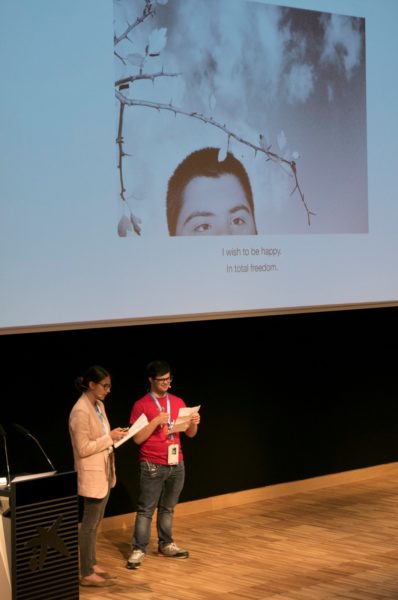
- The National Theater Company Illusion Manantial, from Chile, formed by 26 musicians and actors all of them young people with Down syndrome or cognitive impairment, represented the play “Cactus: only that which is forgotten dies”.
- The music group Cracks d’Andi, consisting of 9 boys and girls with Down syndrome and other disabilities of the Andi-Down Sabadell association, played during the gala dinner of the congress.

You can read more about these activities in the post in Spanish.
With these inclusion and integration activities, the congress’s social program tried to help overthrow clichés and prejudices about people with “disabilities” and influence the role they can play in this complex, difficult and competitive world.

*This article has been written jointly by Neus Martínez of the European Molecular Biology Laboratory – Barcelona (EMBL Barcelona) and María Martínez Lagrán of the Centre for Genomic Regulation (CRG).

